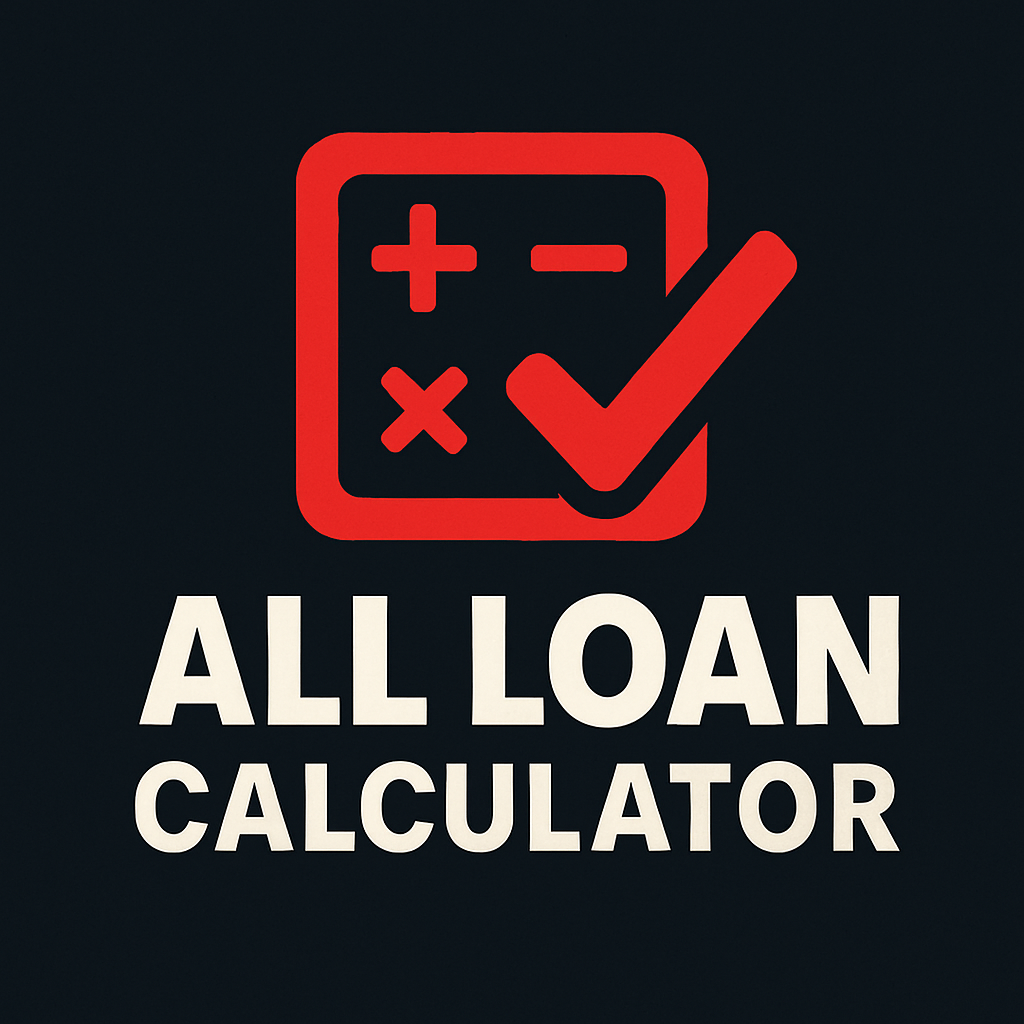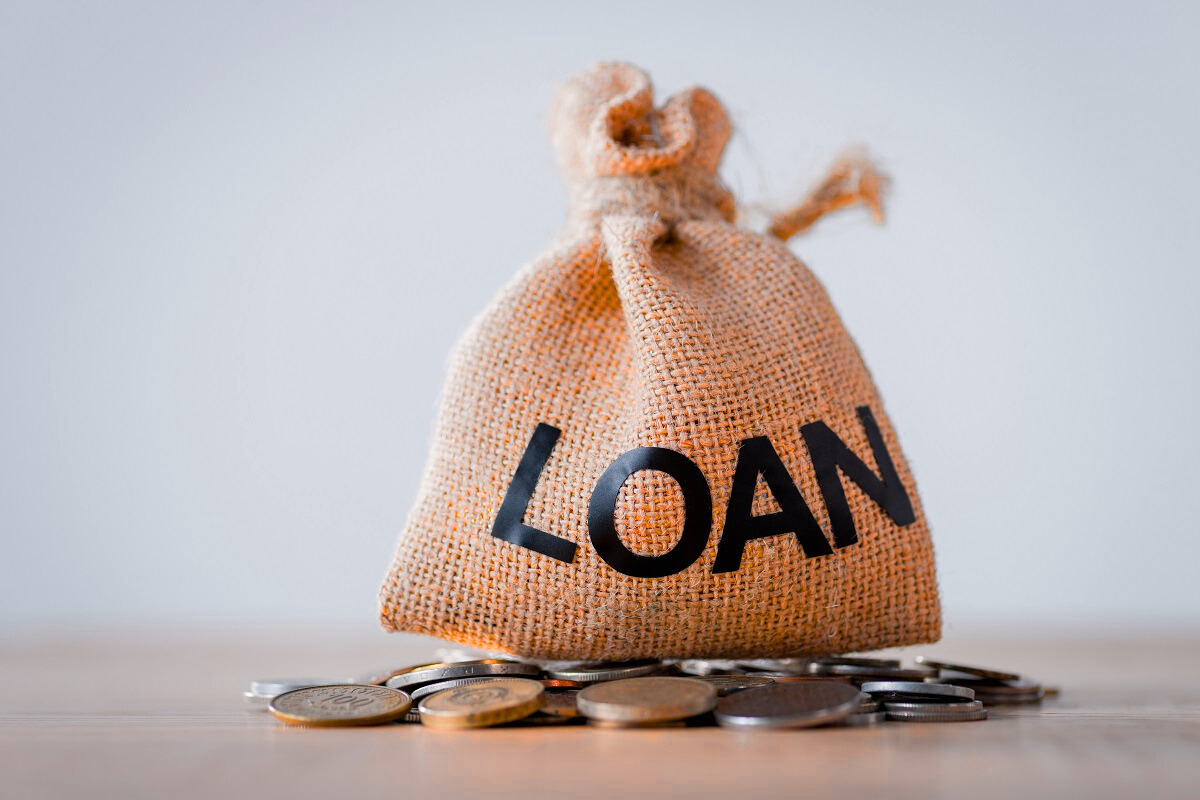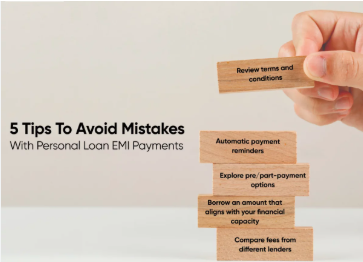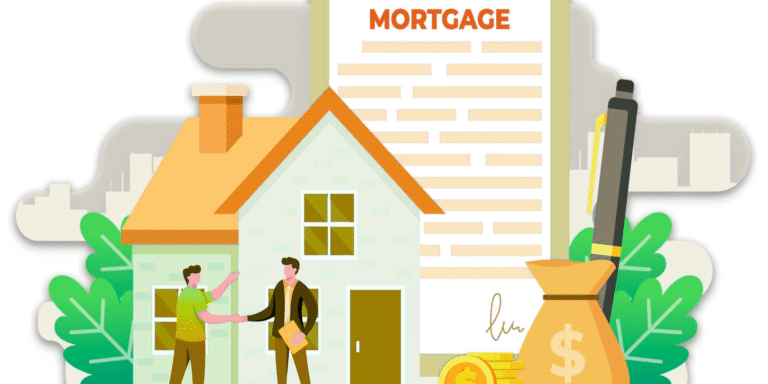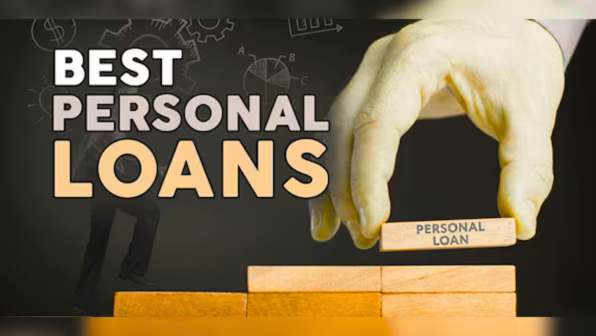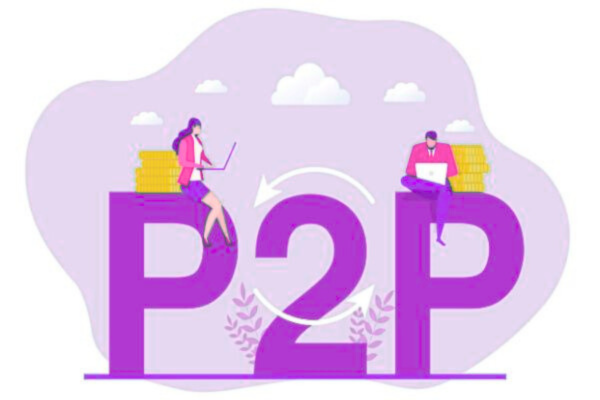Low-Income Loan Options: A Guide to Safer Alternatives
For many individuals and families, financial challenges can make borrowing money feel overwhelming. Traditional lenders often require high credit scores, steady income, and collateral, leaving low-income borrowers with limited choices. That’s where Low-Income Loan Options come in programs and financial products designed to provide fair access to credit without pushing borrowers into debt traps. Understanding these safer alternatives can help you avoid predatory lenders, manage emergencies responsibly, and build a stronger financial future.
What Are Low-Income Loan Options?
Low-income loan options are lending programs tailored to people with limited earnings, poor credit histories, or minimal financial assets. Unlike payday loans or high-interest cash advances, these alternatives focus on affordability, responsible repayment, and long-term financial stability.
They can be offered by community banks, credit unions, nonprofit organizations, and even government-backed programs. Many options come with lower interest rates, flexible terms, and financial counseling support to ensure borrowers succeed.
Why Choosing Safer Loan Alternatives Matters
Borrowers with low income often face aggressive marketing from payday lenders and online cash advance companies. While these loans provide quick access to cash, they usually come with interest rates exceeding 300% APR, trapping families in cycles of debt.
Safer loan alternatives matter because they:
Connect borrowers with financial education and support services.
Provide access to funds without exploitation.
Build credit history through responsible repayment.
Offer lower rates and more flexible terms.
Types of Low-Income Loan Options
1. Credit Union Payday Alternative Loans (PALs)
Credit unions offer small-dollar loans, often ranging between $200 and $1,000, with capped interest rates far below payday lenders. Repayment terms are usually spread over a few months, making them manageable.
Key Benefits:
Builds credit with on-time payments.
Interest rate capped at 28% or lower.
No hidden fees.
2. Community Development Financial Institution (CDFI) Loans
CDFIs are nonprofit organizations dedicated to helping underserved communities. They provide affordable personal loans, small business financing, and housing loans.
Why It’s Safer:
- Flexible approval standards.
- Often paired with free financial coaching.
- Tailored to local community needs.
3. Government-Backed Loan Programs
Certain government agencies support low-income borrowers through special lending programs. For example:
- USDA Loans for rural homebuyers.
- FHA Loans with lower credit and down payment requirements.
- Microloans from the SBA for small businesses.
These programs reduce barriers to borrowing while ensuring long-term affordability.
4. Nonprofit and Charitable Loans
Some nonprofits provide zero-interest or low-interest loans to families facing hardship. For instance, Jewish Free Loan Associations and similar organizations worldwide lend money without profit motives.
Advantages:
- No predatory practices.
- Often interest-free.
- Flexible repayment structures.
5. Employer-Sponsored Loan Programs
Some employers partner with financial institutions to offer payroll-deducted loans at lower rates. These loans are automatically repaid through salary deductions, minimizing the risk of missed payments.
Pros:
- Convenient repayment system.
- Lower rates than payday lenders.
- Helps employees avoid predatory debt.
6. Peer-to-Peer Lending Platforms
P2P platforms connect borrowers directly with individual investors. Borrowers with modest incomes may qualify for fairer terms than traditional banks.
Considerations:
- Rates vary depending on creditworthiness.
- Transparency in terms is crucial.
- Still safer than payday loans if used wisely.
7. Secured Personal Loans
Borrowers can use collateral such as a vehicle, savings account, or CD (certificate of deposit) to secure a personal loan. Because the lender’s risk is reduced, interest rates are more affordable.
Risks:
- Loss of collateral if payments are missed.
- Not ideal if you lack assets.
Comparison Table: Safer Alternatives vs. Payday Loans
| Loan Type | Typical APR | Repayment Term | Credit Impact | Hidden Fees |
| Credit Union PALs | 12–28% | 1–6 months | Builds credit | No |
| CDFI Loans | 5–25% | Flexible | Builds credit | Rare |
| Government-Backed Loans | 3–8% | 10–30 years | Builds credit | No |
| Nonprofit Loans | 0–10% | Flexible | Neutral | No |
| Payday Loans (for comparison only) | 300–600% | 2–4 weeks | Hurts credit | Often yes |
Steps to Find the Right Low-Income Loan Option
- Check Credit Unions First – Join a local credit union and ask about small-dollar loans.
- Explore Nonprofits – Search for community-based loan programs.
- Look for CDFIs in Your Area – They specialize in helping low-income borrowers.
- Research Government Programs – Especially if you’re buying a home or starting a business.
- Compare Terms Carefully – Don’t just focus on interest; look at fees and repayment length.
- Avoid Predatory Lenders – If the APR exceeds 36%, it’s likely unsafe.
💡 Tip: Before applying, try using our loan comparison tool to evaluate your options side by side. It saves time and highlights the most affordable path.
Common Mistakes to Avoid When Borrowing on Low Income
- Borrowing more than necessary. Stick to the exact amount you need.
- Ignoring repayment terms. Always calculate monthly affordability.
- Falling for quick-cash promises. If it sounds too easy, it may be a trap.
- Not checking credit unions or nonprofits first. Many people assume payday loans are their only option.
Building Financial Stability Alongside Borrowing
Loans should be a stepping stone, not a permanent crutch. Consider these strategies:
- Start an emergency savings fund, even with small contributions.
- Take advantage of free financial literacy classes offered by nonprofits.
- Use loans strategically only for necessary expenses, not wants.
- Build your credit score to access better financing in the future.
FAQs About Low-Income Loan Options
1. What is the safest loan option for low-income borrowers?
Credit Union Payday Alternative Loans (PALs) are among the safest because they cap interest rates and help build credit.
2. Can I get a loan with bad credit and low income?
Yes, many credit unions, CDFIs, and nonprofits consider more than just your credit score when approving applications.
3. Are government-backed loans only for housing?
No. While FHA and USDA loans focus on housing, the SBA also provides microloans for small businesses.
4. What’s the difference between payday loans and low-income loan options?
Payday loans have sky-high interest rates and short terms, while safer low-income loan options emphasize affordability and long-term stability.
5. How do nonprofit loans work?
Nonprofits often provide zero-interest or low-interest loans funded by donations. Repayments are recycled to help other borrowers.
6. Do low-income loan options help build credit?
Yes, most report repayment history to credit bureaus, allowing borrowers to improve scores over time.
7. Can I use these loans for emergencies?
Absolutely. Many are designed for urgent needs like medical bills, car repairs, or rent.
8. Do I need collateral for low-income loan options?
Not always. Some programs are unsecured, while others (like secured personal loans) may require collateral.
9. How do I avoid scams when searching for loans?
Verify lenders through the Better Business Bureau, local credit unions, or government websites. Avoid any lender demanding upfront fees.
10. Is borrowing always the best solution?
Not necessarily. Sometimes alternatives like negotiating bills, seeking assistance programs, or budgeting adjustments may solve the problem without debt.
Conclusion
Accessing credit when money is tight can feel daunting, but choosing Low-Income Loan Options instead of predatory payday loans can make a world of difference. From credit union PALs to nonprofit loans and government-backed programs, safer alternatives are available that protect your wallet and your future.
Instead of falling into high-interest debt traps, explore credit unions, CDFIs, or nonprofit solutions that put your financial well-being first. And remember use our loan comparison tool to quickly identify the most affordable and responsible choice for your needs.
